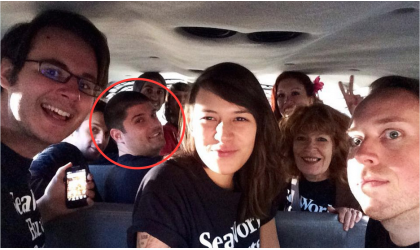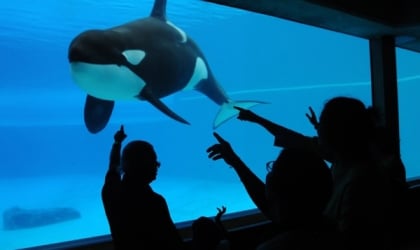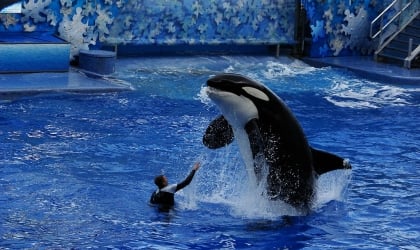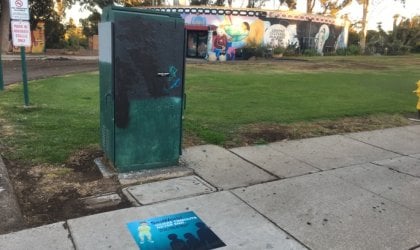After promising to stop breeding orcas, SeaWorld is still shuffling beluga whales from park to park and using them to breed more prisoners.

Most recently, the company transferred two whales to the Georgia Aquarium: Imaq, a male, came from SeaWorld San Antonio, and Whisper, a female, came from SeaWorld Orlando. Prior to that, the Georgia Aquarium had shuffled male beluga Aurek to Chicago’s Shedd Aquarium to be used for breeding there after the female of breeding age, Maris (who’d been at the Georgia Aquarium), died unexpectedly of heart failure. Both of her newborns died as well—all three family members were gone within three years. SeaWorld also shipped a male named Naluark from SeaWorld Orlando to an undisclosed location.
Whisper was bred in captivity to wild-caught parents nearly 30 years ago at SeaWorld San Antonio, where her mother still languishes—her father died in 2000 from what was reported to be a “neurological disease.” She’s given birth to three calves, all of whom died, the most recent the day the calf was born last year in Orlando. For six years, until 2016, Whisper was reportedly isolated in the park’s back pool because her two former tankmates had often attacked her.
 © iStock.com/cmeder
© iStock.com/cmederNaluark was abducted from his home waters near Manitoba, Canada, when he was 6 years old and has also been shipped around and used like a piece of equipment. He’s the father of Whisper’s third calf.
A male beluga named Oliver was moved to SeaWorld Orlando from San Antonio, and a male named Grayson was moved there from Shedd Aquarium. Grayson is the only surviving offspring of Martha, who remains at San Antonio, where she gave birth to him. Martha was also captured from Manitoba. All her other four captive-born calves are dead.
If you’re having trouble keeping this captive-whale shell game straight, you’re not alone.
To animal exhibitors, these whales aren’t individuals with intellect and emotion—they’re commodities to be bought, sold, loaned, and moved according to the whims of their captors.
Whales from different areas of the world speak different dialects. When SeaWorld shuffles these animals from park to park to use them for breeding, the hodgepodge of animals that results no more constitutes an actual pod than strangers from France, Germany, and Spain could be considered a family.
More than 40 orcas, more than 300 other whales and dolphins, and some 450 sea lions, seals, and walruses have died at SeaWorld.
 © iStock.com/CoreyFord
© iStock.com/CoreyFordIt’s time to shut down the whale jails and retire these animals to seaside sanctuaries—preferably near or with whatever true family members they have left. They deserve to spend the rest of their days with a semblance of the freedom that they would’ve enjoyed in nature, not being used to create more prisoners for captive-animal displays.




